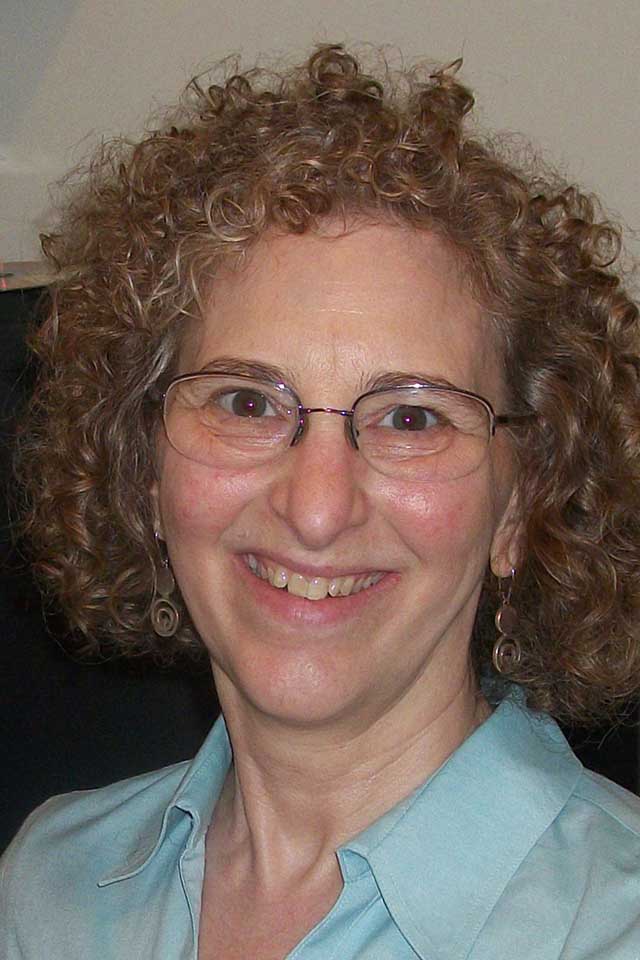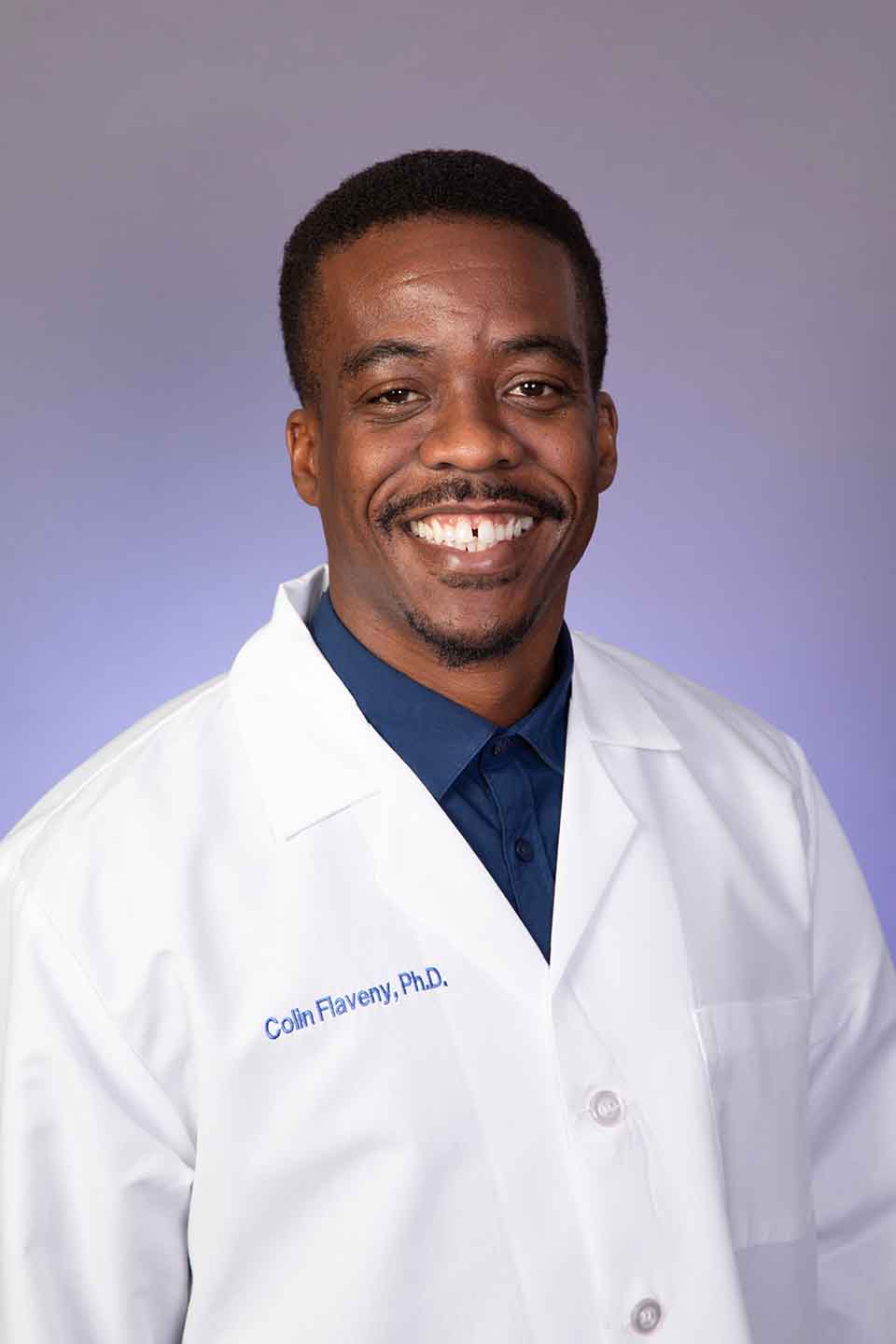Cultivating New Ideas Through Seed Grants
As part of its mission to nurture tomorrow’s scientists, researchers, and clinicians—and their big ideas—The Henry and Amelia Nasrallah Center for Neuroscience awards seed grants of up to $10,000 each to members.
Through a competitive funding process, The Center for Neuroscience Research Award (CNR) can go toward a project, bridge funding, or the development of a new collaboration or area of research. Aligning closely with the spirit of the Center for Neuroscience, applications must be multidisciplinary and foster collaborations across different departments at Saint Louis University.
Sowing the Seeds of Collaboration
Judith Ogilvie, Ph.D., Associate Professor, Biology and Colin Flaveny, Ph.D., Pharmacological and Physiological Science

Dr. Judith Ogilvie, from the College of Arts and Sciences and Dr. Colin Flaveny from the School of Medicine saw an opportunity for collaboration that centered on a unique idea. They would examine the role of a nuclear receptor called TLX, which has been characterized as essential for retinal development in mouse models.
Mice that lack this TLX receptor show some deficiencies in retinal development, particularly a lack of thickening of the retinal layers, and then some deficiencies in the function and activity of a particular cell type within the retina called Müller glia. Müller glia cells have the potential to become stem-like cells under the right circumstances, meaning they can potentially replenish retinal tissues that have been damaged, whether by excessive light exposure, diabetic retinopathy, retinal dystrophies, or other causes.
“Based on observations in simpler organisms, such as zebrafish and amphibians, where these cell lines play a prominent role in replenishing retinal tissue, that in mammalian retinas, you can have a similar effect by forcing these Müller glia cells into a more stem-like state,” says Dr. Flaveny. Lower vertebrates can regrow an entire eye, but the challenge is understanding why people and other mammals cannot.
While the ability for a human being to regrow an entire eye is not yet on the horizon, Dr. Ogilvie and Dr. Flaveny are trying to manipulate the TLX gene to be able to regrow some of the cells that are lost in retinal degenerations.
“The Center for Neuroscience helped bring us and our research together, and gave us an opportunity to really let this collaboration grow and flourish,” says Dr. Judith Ogilvie. “The Center really crosses boundaries and is successful in bringing people from diverse departments and programs together.” Dr. Flaveny continues, “The Center has made tremendous effort to stimulate research within the University, particularly collaborative research.”

“There is so much we do not know about the natural world and in this case, more specifically about the retina and vision, and how it gets broken, and why people become blind, and why it is that a frog can grow a new eye and a person cannot,” says Dr. Ogilvie. “There is so much we do not know and the pursuit of that knowledge and truth is very much a part of what we do as scientists here at Saint Louis University.”
Dr. Flaveny adds, “One of the greatest miracles is giving sight to the blind. We are not doing it through supernatural means. We are trying to understand the natural world to hopefully impact lives in a positive way. And I think the Center for Neuroscience is a space that allows for that freedom of exploration and funding. It is such a rich atmosphere of collaboration—of shared focus and shared will toward making life better for everyone.”
